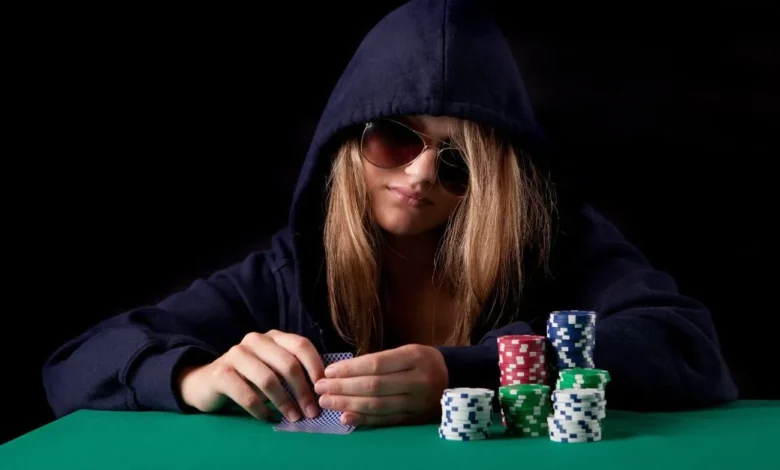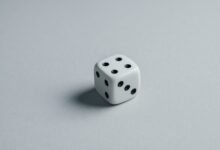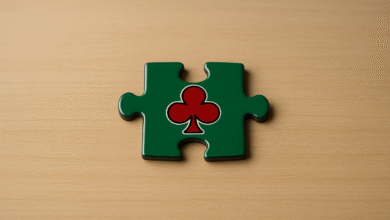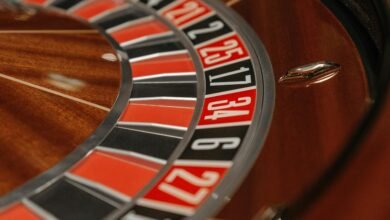Analyzing the Psychology Behind Players Wearing Sunglasses and Hoodies in Texas Hold’em Games

Sunglasses serve as a shield for players wishing to hide involuntary eye movements, prolonged stares, and pupil dilation. These subtle eye cues are vital indicators of players’ intent or emotional reaction to their cards. Players minimize the risk of telegraphing their strategy by concealing this information. In addition, sunglasses allow players to study their opponents’ behaviors discreetly and keep their focus points hidden.
This practical aspect extends beyond interpersonal strategy. Casino environments, often filled with bright lighting and reflective surfaces, can strain concentration during prolonged sessions. Sunglasses reduce visual disruption and help players stay locked into the game without unnecessary distractions. Newer players also benefit from the reduced pressure of direct eye contact. This allows them to settle into the game more comfortably.
External Cues and Poker Dynamics
The strategic use of accessories such as sunglasses and hoodies plays into the deeper psychology of the game when you play Texas Holdem. Players aim to minimize external cues opponents can exploit, such as eye movement, facial tension, and posture. These tools can enhance a player’s ability to study others while remaining inconspicuous. Concealing their reactions becomes essential to maintaining strategic focus and unpredictability.
These visual barriers affect game dynamics beyond personal control. Opponents might overcompensate by relying on other behaviors to conclude. This dynamic underlines how physical appearance and accessories shape interactions.
Confidence and Control During High-Stakes Play
Sunglasses provide functional benefits and can serve as a psychological tool. Creating a physical barrier between their eyes and the table allows players to zone in on their decision-making process with a heightened sense of control. This can mitigate stress in critical moments.
Many players find that the improved emotional detachment provided by tinted lenses makes it easier to focus solely on the math and mechanics of the game rather than the social game unfolding around them. The same principle applies to decision-making under pressure. A calm, collected demeanor can tilt the game psychology in one’s favor when opponents sense an unshaken resolve.
Media Influence and Public Perception
The association between poker and sunglasses gained momentum after Chris Moneymaker’s victory in the 2003 World Series of Poker. Moneymaker and other high-profile players popularized the image of players concealing their eyes with shades during tournaments. This imagery was often reinforced by television and movie portrayals.
Since 2003, at least seven main event winners utilized sunglasses during their final tables. Players such as Greg Raymer, sporting his signature holographic glasses, leaned into this trend for a competitive edge and as an extension of their poker personas.
Psychological Impacts on Opponents
For opponents, the inability to read a player’s eyes often shifts their attention to secondary behaviors, such as decision timing and posture. In essence, these accessories build an additional layer of uncertainty into decision-making.
Phil Hellmuth, for instance, has strategically relied on sunglasses to create an intimidating presence that exploits others’ discomfort. Conversely, some professionals, like Daniel Negreanu, argue that deception achieved through concealing accessories contradicts the spirit of face-to-face competitive poker. The debate remains widely contested among high-level players.
Benefits and Drawbacks in Practice
Studies have noted no considerable edge in blocking visual tells. However, players report higher levels of security and reduced anxiety when wearing such accessories, which can, in turn, improve mental clarity and decision-making under pressure.
Interestingly, overly accessorized players can sometimes harm their performance. Phil Ivey famously remarked on an occasion when wearing sunglasses caused him to misread a hand. Others, such as Espen Jørstad, share positive anecdotes, citing composure as a key benefit. During a World Series final table, Jørstad credited his sunglasses with helping him maintain his emotional balance across especially tense moments, including a notable 20-minute hand.
Ultimately, sunglasses and hoodies in games like Texas Hold’em shape more than a player’s image. It impacts table dynamics, opponent behavior, and even the wearer’s sense of focus. These tools can create a subtle, well-calibrated psychological edge throughout competitive poker play by reducing visual distractions and emotional visibility.














